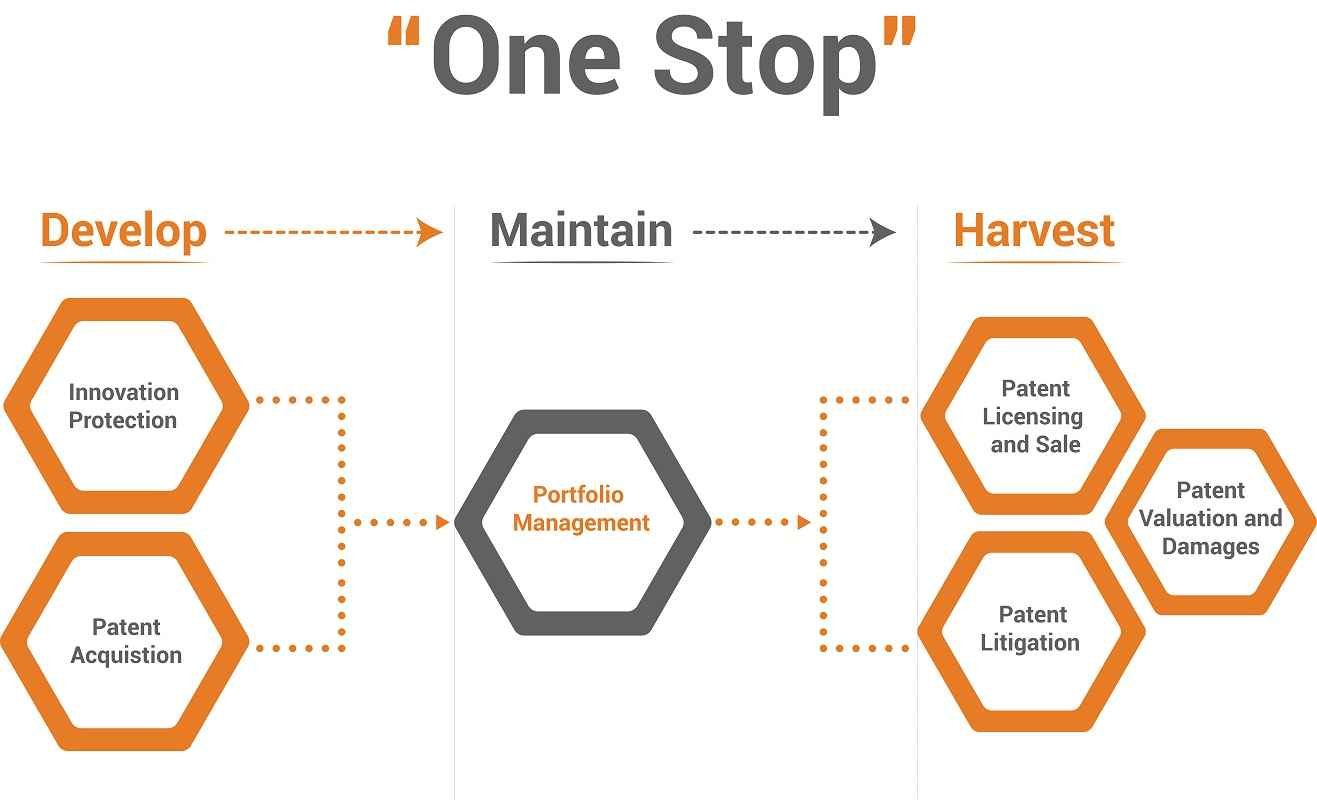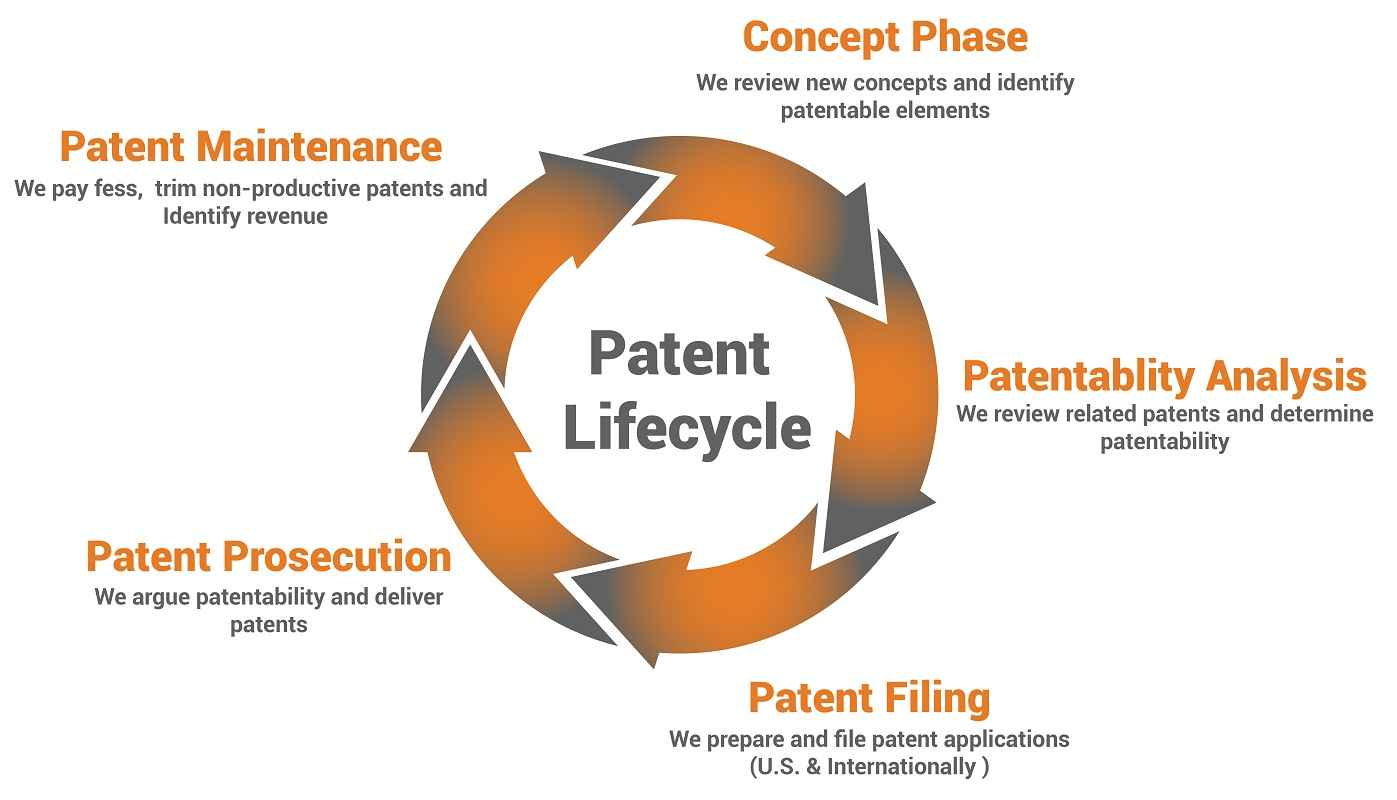
Filing a patent application is a necessity for protection of an invention. A patent helps in restricting others from copying the patentee’s invention/technology. But if the patent application has not been filed in a professional manner, it would not be an easy task to have a patent granted based on the patent application filed. Procedure for grant and further management of a patent includes various steps as summarized hereunder:

â— Patent Searches: Patent searches not only help to evaluate the novelty of an invention but also give an idea of prior-art, potential competitors, and potential infringing technologies. This allows an inventor to continue or make modifications to his invention in view of these in orders to better his/her chances of getting a patent.
â— Patent Filing: A patent application, at the time of filing, needs to be drafted in a highly professional manner. A properly structured and thought out patent application helps to ensure that the invention is fully described and claimed. The claims define the boundary of the invention and aim to give as wide as possible scope to the invention, while attempting not to infringe on inventions of others and/or being held as prior art. A professionally drafted patent application also reduces the chances for objections being raised by the Examiner during prosecution.
â— Prosecution: Grant of a patent application is a time consuming process that requires various documents to be submitted at different deadlines. Any delay could result in the patent application getting abandoned. Prosecution involves responding to “Office Actions” that are objections being raised by the relevant Patent Office as to why patent should not be granted to a patent application filed. It is always advisable to prepare a response to Office Action under the guidance of highly experienced professional only. A well drafted response to Office Action could even save a poor patent application. It also reduces the possibility of further back and forth communication between the examiner and the inventor that takes time, efforts and money. A good drafted response to Office Action always tend be cost effective and lesser time consuming.
â— Post-Grant Litigation: Once a patent application is granted, it usually has a life-cycle of 20 years from priority date (priority date being that when the patent application was first filed by the inventor), as long as fees required are paid and other provisions of law adhered to. However, grant of patent can be objected to anytime within a span of these 20 years. If the objection raised is found valid, patent is liable to be cancelled with immediate effect. To properly handle such objections, it is advisable to take assistance from reputable law firms focused on Patent related laws in the relevant jurisdiction.










